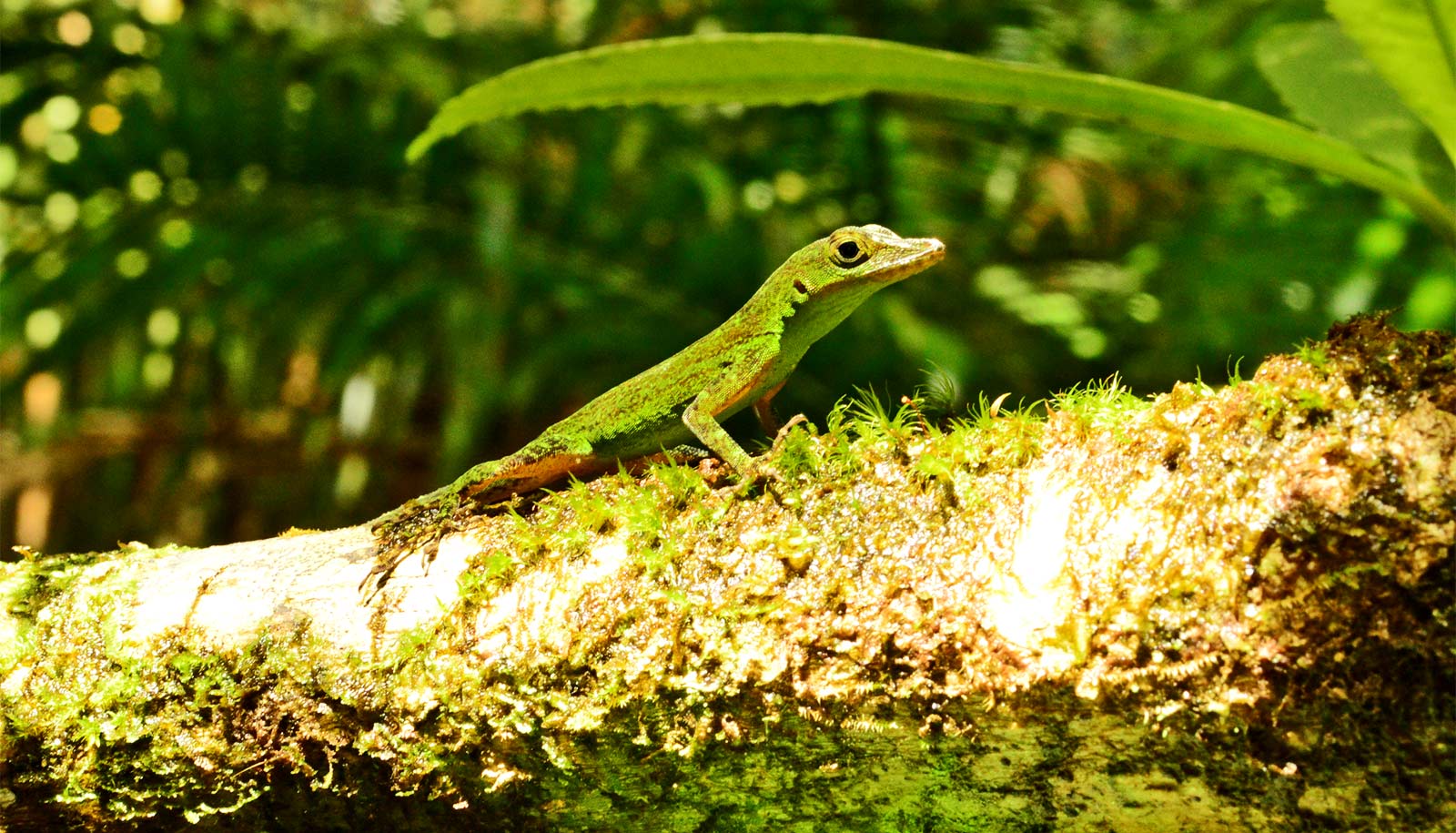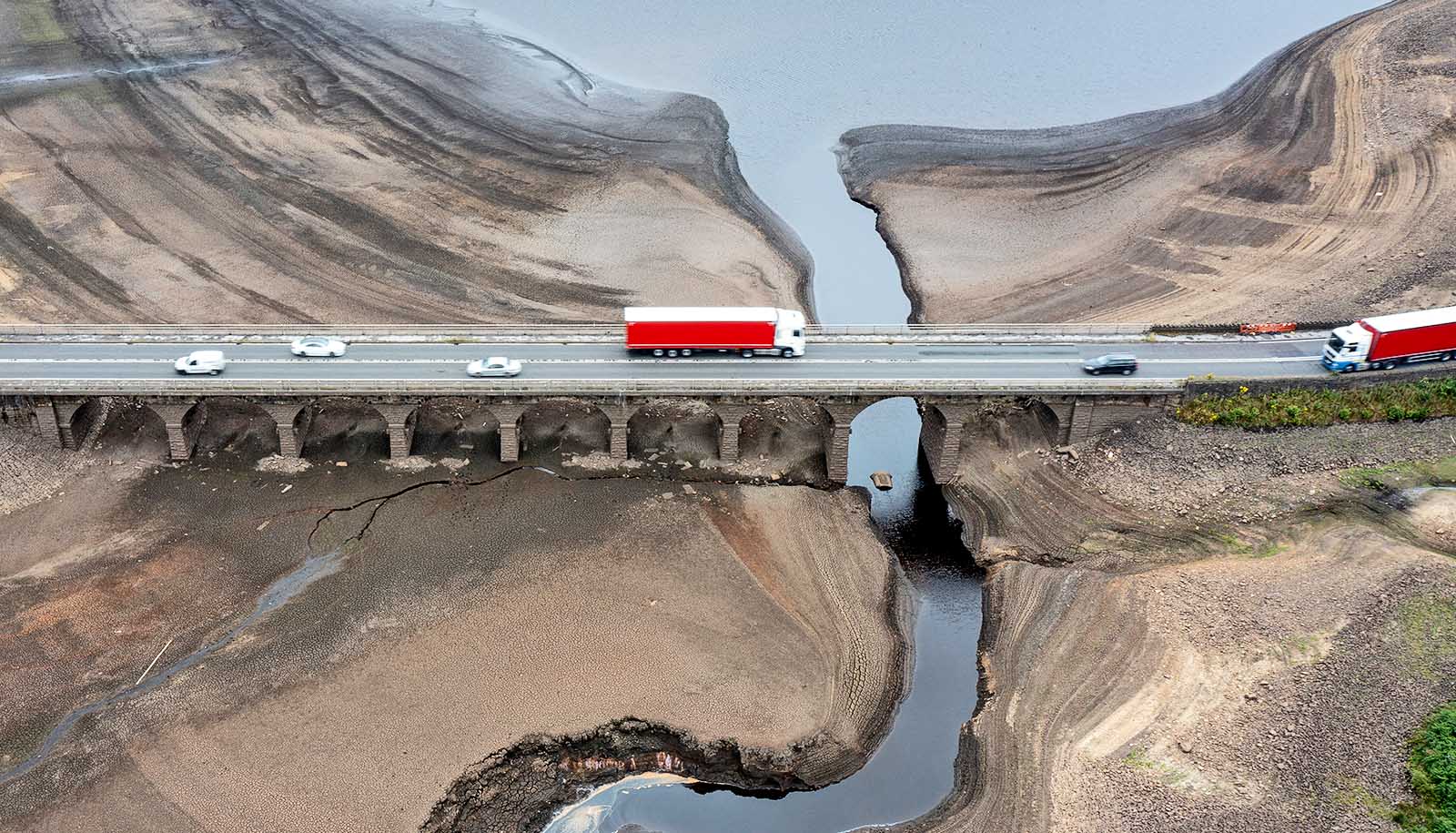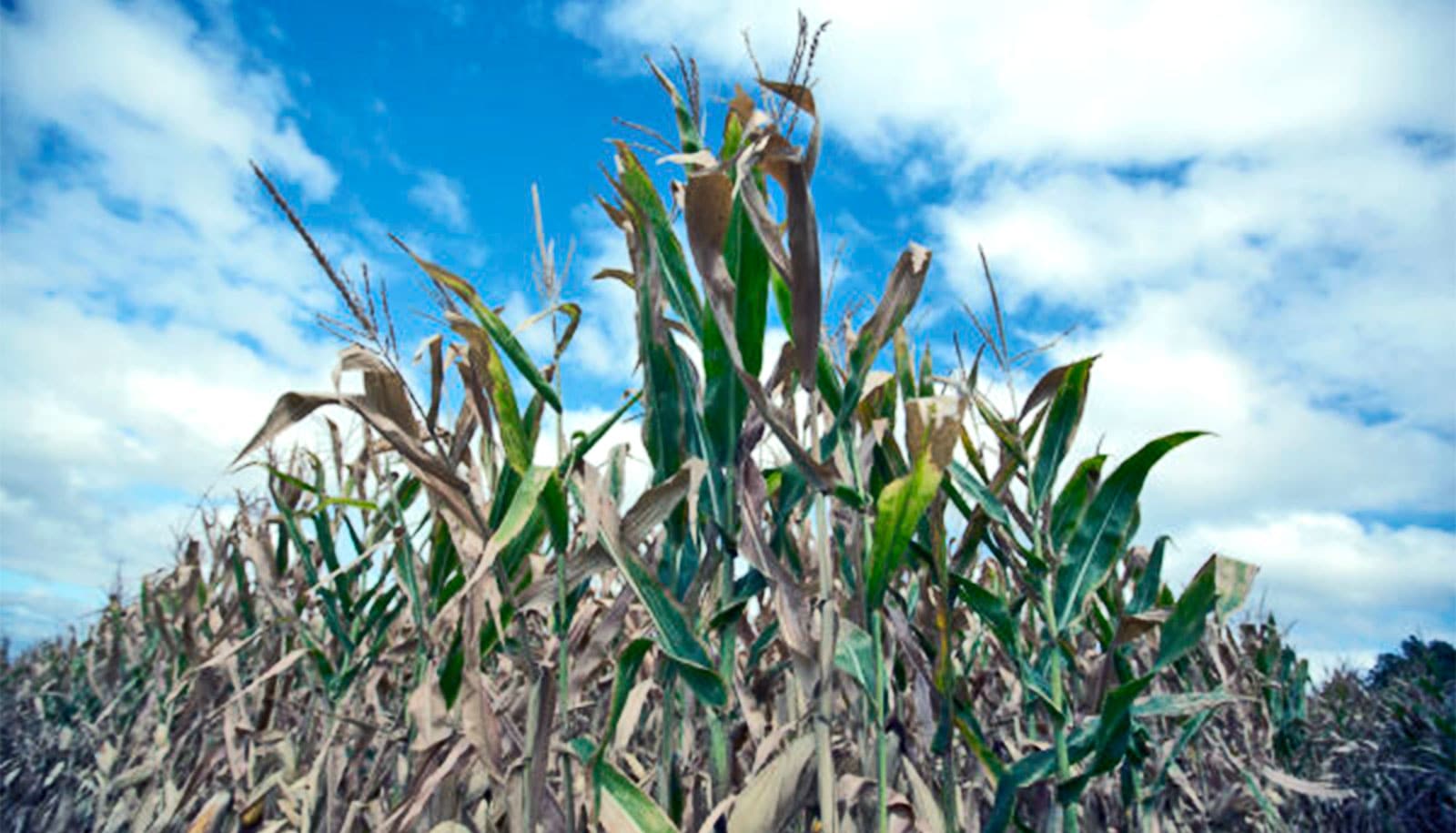The Caribbean islands are uniquely susceptible to “flash droughts,” research finds.
The word “drought” typically conjures images of parched soil, dust-swept prairies, depleted reservoirs, and dry creek beds, all the result of weeks or seasons of persistently dry atmospheric conditions.
In the sun-soaked islands in the Caribbean, however, drought conditions can occur much more rapidly, with warning signs appearing too late for mediation strategies to limit agriculture losses or prevent stresses on infrastructure systems that provide clean water to communities.
In the new paper, published in Journal of Hydrometeorology, Craig Ramseyer, assistant professor in the geography department at Virginia Tech, advocates for alternative methodologies to more accurately measure dry conditions in the region.
“The tropics have extremely intense solar radiation, so atmospheric processes tend to be expedited,” Ramseyer says. “Despite often receiving daily rainfall, island ecosystems are particularly vulnerable to drought conditions.”
Ramseyer, whose research focuses on tropical rainfall and severe weather impacts in the Caribbean, utilized a new drought index that considers the atmospheric demand for moisture to identify drought risk conditions instead of more traditional soil moisture measurements.
“This new drought index is really developed to try to identify the first trigger of drought by focusing on evaporative demand,” says Ramseyer, who collaborated on the paper with Paul Miller an assistant professor at Louisiana State University. “Evaporative demand is a measure of how thirsty the atmosphere is and how much moisture it can collect from soil or plant matter.”
Ramseyer stresses that identifying drying conditions earlier is a key step to limiting the impacts of droughts.
“A lot of drought observation is based on soil moisture, but in tropical environments, a decline in soil moisture is a response to other things that have already happened so you’re further down in the chain of events,” he says. “We can mitigate a lot of losses in, say, agriculture, by being able to forecast sudden, anomalous increases in evaporative demand.”
The impacts of drought conditions extend beyond agriculture: Tropical ecosystems are also strongly affected by dry atmospheric weather conditions, and access to fresh water is a necessity for both communities in the region and a tourism industry that is a central driver for economies in the Caribbean.
To better understand how that interplay of meteorological patterns impacts drought conditions, Ramseyer utilized 40 years of data from a long-term ecological research project in the El Yunque National Forest. He found that flash droughts have routinely occurred in the Caribbean and that occurrences of drought are not limited to traditional dry seasons on the island.
“In terms of climate, Puerto Rico is situated at a crossroads, buffered on the west by the El Niño southern oscillation and by the cooler North Atlantic oscillation on the east,” says Ramseyer. “Because of that, Puerto Rico has a unique geography for researching atmospheric changes.”
The looming concerns over global warming have only accelerated the need for meteorologists to better understand drought occurrences in the Caribbean and enhance monitoring of moisture conditions in the region.
“A warming planet results in more moisture available in the atmosphere overall, which means that the kinds of short-term precipitation events common to the Caribbean will increase in intensity,” says Ramseyer. “Meanwhile, droughts are becoming higher in magnitude, so climate change is altering both extremes.”
Ramseyer says developing clearer criteria for flash drought conditions is an important first step toward addressing the infrastructure challenges that Caribbean communities are likely to face.
“The key current and future issue for the Caribbean is all about finding a way to capture rainfall successfully and draw it out slowly to mitigate evaporation losses,” says Ramseyer. “Puerto Rico and all of the Caribbean have water infrastructure challenges that must be addressed to accommodate these trends.”
Ramseyer advocates for additional research into understanding the relationship between flash drought events and economic losses and how future drought events can be better communicated to stakeholders and communities.
The National Oceanic and Atmospheric Administration’s Climate Program Office funded the work.
Source: Virginia Tech



